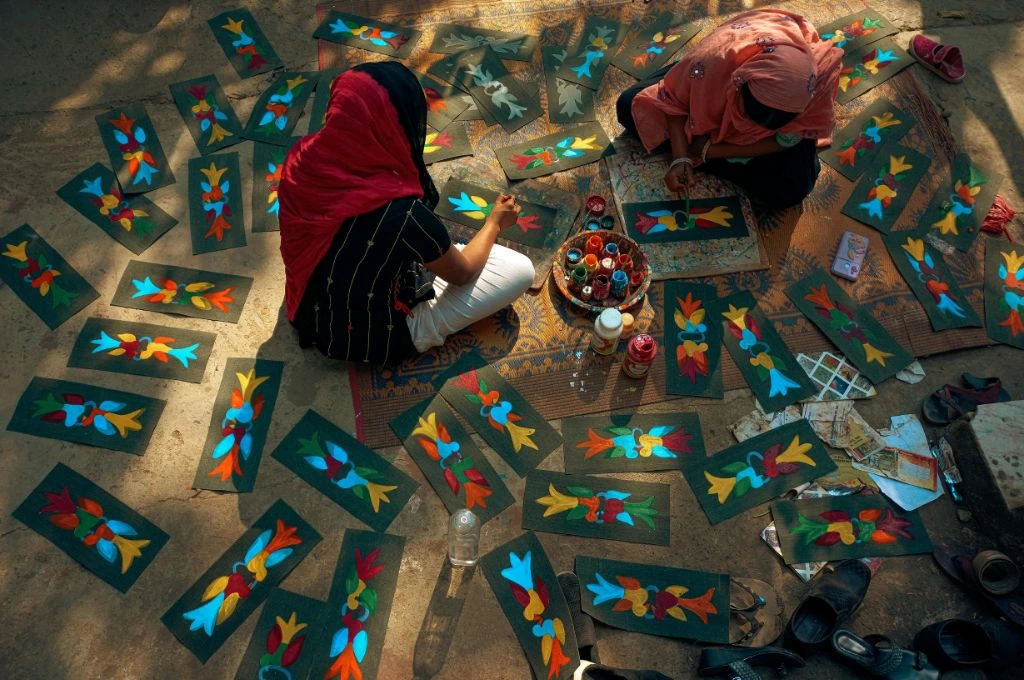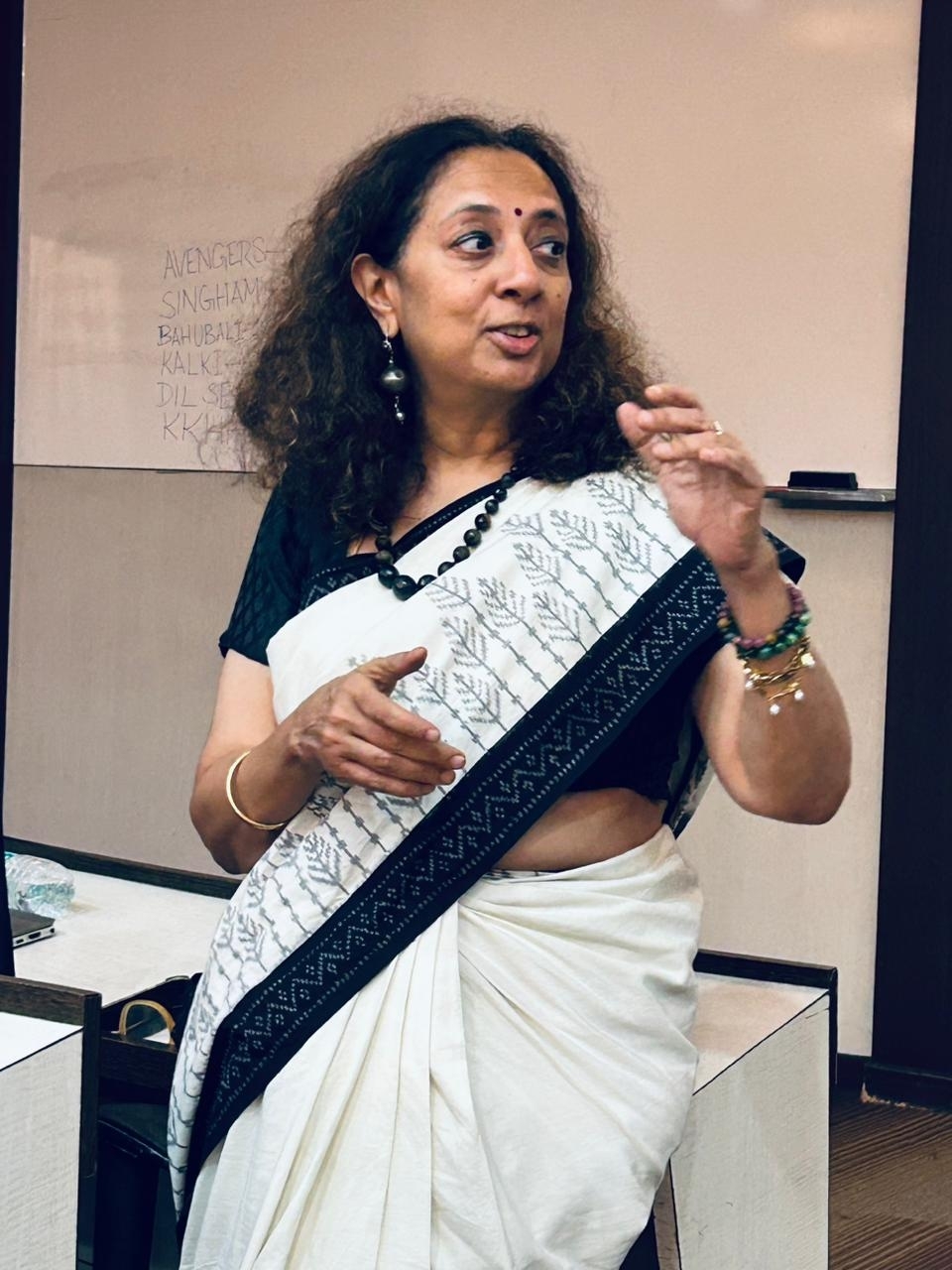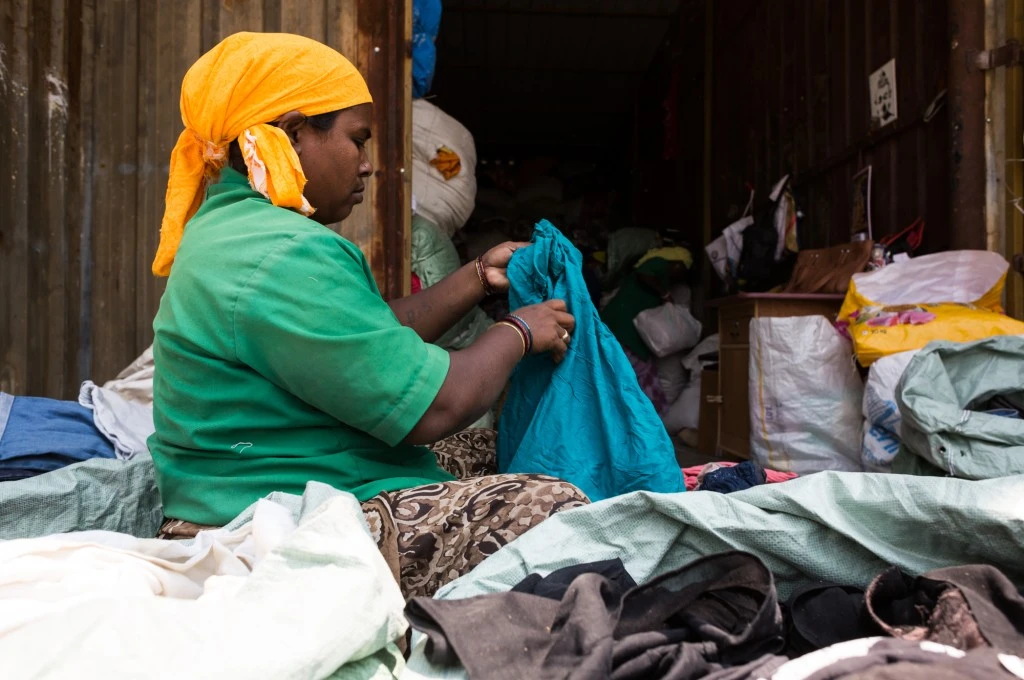‘Capacity building’ (CB) has been a prominent part of the vocabulary of the development and nonprofit sector for the past several decades. It has been recognised that CB and organisational development play a beneficial role in supporting an organisation’s longevity, operational effectiveness, core functions such as fundraising, and impact.
According to research by The Bridgespan Group and the ATE Chandra Foundation in 2020, for instance, nonprofits that invested in organisational development were able to double their programme output over a three- and five-year period.
Despite its importance, funding for indirect costs such as CB remains a major challenge for India’s nonprofits. Additionally, beyond financial considerations, certain structural and practical barriers such as organisational capacity hinder the adoption of new skills and strategies.
To understand what a strong CB programme looks like, and how it can be designed to support nonprofits over time, Social Lens surveyed 118 organisations in the social impact sector in 2024. The respondents were spread across rural–urban geographies, thematic sectors, operational budgets, and organisational age. More than 70 percent of these organisations had prior experience in CB programmes. Therefore, the study went beyond a mapping of needs to understand priorities, experiences, and challenges that nonprofits face in implementing CB for long-term impact.
These findings have been presented in a report titled Making Capacity Building Count. Here are some key findings from the report:
Organisations have different priorities at different stages
The report found that CB priorities vary across nonprofits of different organisational sizes, budgets, and geographical locations.
1. Budget
Fundraising and communications emerged as core focus areas for organisations across a wide budget spectrum—from those with an annual budget of INR 1 crore to those with budgets exceeding INR 10 crore.
Meanwhile, for nonprofits that are growing, developing a monitoring and evaluation (M&E) mechanism was a priority. As organisations expand, there is an understanding that their work needs to be measurable, and that it is important to have a system to assist in tracking, evaluation, and decision-making processes. As more funders get involved in an organisation, emphasis is placed on documenting tangible impacts and outcomes, along with ensuring accountability and transparency. All of this indicates the importance of strong M&E and reporting mechanisms.
2. Organisational age
For nonprofits that were established less than five years ago, legal recognition and compliances were important in their initial years. This was not only to build trust and transparency among stakeholders and donors, but also to ensure that the needs of programme constituents were addressed. Over time, while fundraising and communications remained central, M&E also emerged as a priority.
Additionally, organisations identified that networking and collaboration with other organisations can drive growth. Partnerships, for instance, can help nonprofits expand their work into newer geographies, ranging from urban municipal wards to districts and states. Collaborations also allow organisations to combine and layer their programmes, which contributes in providing more well-rounded support to communities.
However, nonprofits that have been operating for more than a decade pointed towards the need to build capacity for functions related to human resources, including hiring, retaining, learning and development (L&D), and organisational structure.
3. Geographical location
Of the nonprofits that provided locational data for the survey, approximately 35 percent were based in rural areas, while the majority were in urban areas. As such, while the study had a limited regional scope, it was able to glean different organisational priorities across both areas. For rural organisations, communications were a CB priority aimed at increasing outreach and visibility. While fundraising has been a focus area across geographies, organisations in urban areas placed more emphasis on M&E.

There are barriers to access and implementation
Overall, L&D, organisational effectiveness, and networking opportunities emerged as the major reasons behind nonprofits opting for CB. However, factors including insufficient knowledge of relevant programmes, inadequate funds, and a lack of programmes that cater to specific needs were cited as barriers to participation in such programmes. At present, programme-related information is largely circulated through mediums such as WhatsApp or LinkedIn, often making it inaccessible for rural nonprofits. The reach of existing communication channels needs to be improved, while alternative mediums such as information bulletins should also be developed.
In cases where organisations have chosen to engage in CB, adoption of skills and lessons has remained a hurdle. More than 43 percent of nonprofits stated that inadequate funding was a challenge; 37 percent reported facing budget constraints; and 33 percent found it difficult to balance managing CB with routine operations. For example, as part of CB initiatives, organisations often have to review core functions, transition to new and more efficient systems, and train the staff in tandem with day-to-day work.
All of this requires time, which is a resource that organisations usually do not have—given that nonprofits are often already working at full capacity. The survey’s respondents also highlighted the absence of post-programme support and the lack of implementation plans, with tangible outcomes and distinct takeaways, as elements that did not work well in CB programmes. Post-programme support was a key issue identified in the report, with 39 percent of organisations stating that they required follow-ups to help implement the learnings and to connect theory with sustainable practice.
Capabilities must be built to last
It is evident that the way CB programmes are currently conceptualised needs to evolve. CB must go beyond knowledge-sharing and focus on hands-on implementation. Programmes should be designed to accommodate participant diversities by incorporating strategies such as hybrid learning models, tangible outcomes with progress tracking, and post-programme support and mentorship.
Based on both our research as well as experience in the sector, three key elements stand out as essential for effective CB programmes: establishing strong adoption support; integrating new skills into existing workflows; and fostering a network for collaborative problem-solving and learning. These elements can ensure that CB is not just an isolated programme but a sustained process that strengthens nonprofits’ ability to operate efficiently in an increasingly complex landscape.
—







